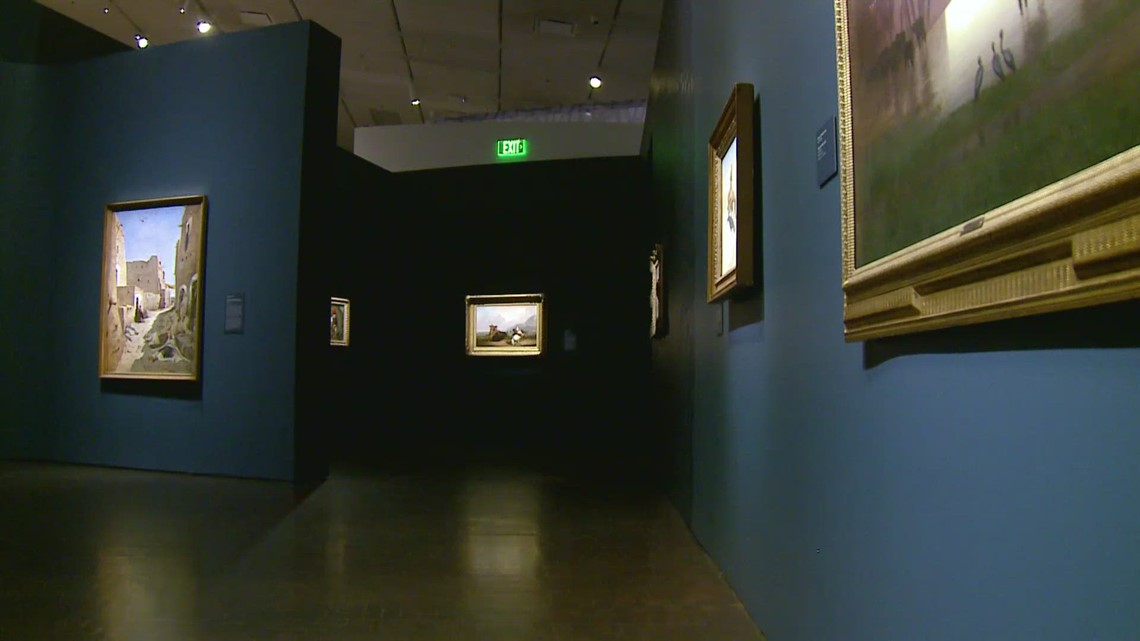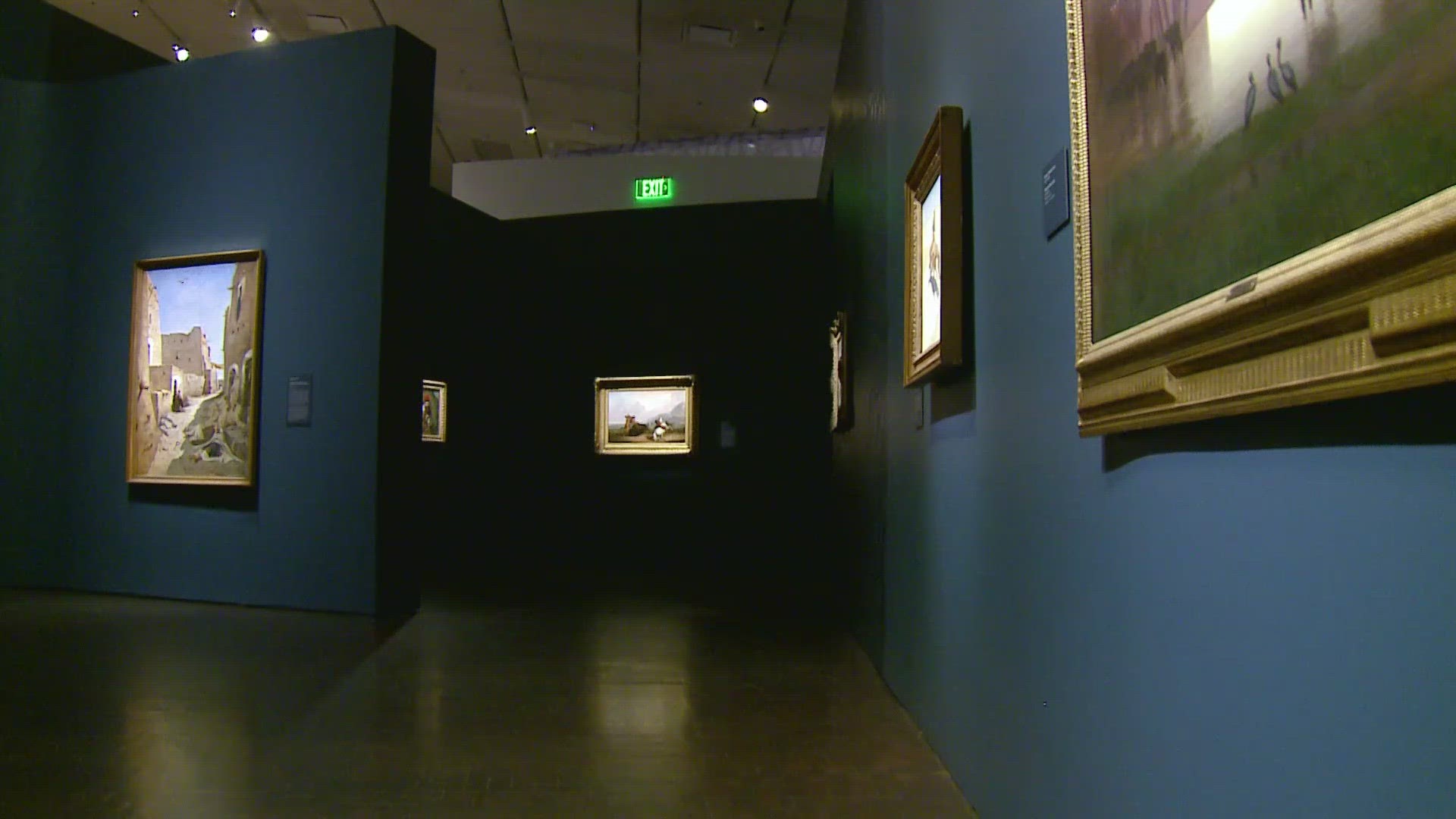DENVER — After five years of work, the Denver Art Museum has unveiled its temporary exhibition, Near East to Far West, which examines the influence of French Orientalist artworks on American artists as they depicted the Wild West.
Curator J.R. Henneman came up with the concept while examining the Denver Art Museum's Western art collection.
"I was struck by what I perceived to be exoticism of much of that material," Henneman said. "And it raised a question for me about the roots and inspirations of that material."
French Orientalism refers to artworks produced by French artists during the 1800s, according to the Denver Art Museum. Those works were inspired by North Africa and the greater Islamic world. In modern day, Orientalism is looked to be, in short, the romanticization of so-called foreign lands, colonized by the very people romanticizing them.
Henneman spent years studying 19th century European and American art.
"It turns out, these two seemingly different bodies of artwork have a lot to say to each other and grow out of very same contexts of colonial expansion," she said.
Museum audiences will learn why this is when they view the exhibit. During the 19th century, American artists made a point to study in Paris, which at the time, was a pinnacle of of European Western art, Henneman said.
Americans took the French Orientalist style back home to the United States, in search of what was perceived to be an exotic space. That space was the Wild West.


Why compare and contrast two different worlds of the same time period? Henneman said this is meant to challenge people's world views.
"This material is meant to help our viewers grapple with a colonial history," she said. "To ask questions about representation. To ask questions about what an artwork can tell us. The degree to which it is, quote unquote, truthful."
While the exhibition sparks questions, it doesn't provide the answers. Henneman said that's precisely the point.
Lauren Thompson, a senior interpretive specialist, said the audience is meant to find answers on their own as they consider their worldview and perspective on history. Those answers then become part of the exhibition, through a reflection zone.
"You’ll see here on the wall people writing their thoughts," Thompson said. "We give them prompts to think about and reflect on the big themes and ideas of the exhibition."
The hope is that by reflecting part way through the exhibition tour, the audience will walk away with a new perspective for the rest of the artwork.
To reinforce the reflective period, the Denver Art Museum is also activating olfactory senses. Multiple government health organizations and doctors agree: The sense of smell is tied strongly to memory.
The museum worked with a Montreal-based perfumer to come up with two scents for the reflection zone, Thompson said. They're named "Sarabe" and "Hama." The perfumer, Dana El Masri, used her Egyptian and Lebanese roots to come up with the scents.
"She’s using ingredients very typical of a 'Orientalist perfume' would smell like, very heavy spicy scents. Frankincense, mir, amber, cardamom," Thompson said. "But the way she talked about it, she’s stripping the romanticism associated with those ingredients and creating a new narrative from her own perspective."
While it took five years to plan this exhibition, you can see it in Denver only until May 29.
"You will never see these artworks together like this, ever," Henneman said.
> Top stories from 9NEWS curated daily just for you! Sign up for the 9NEWSLETTER right now to get can’t-miss stories, Next and Broncos content, weather and more delivered right to your inbox.
More race and culture stories from 9NEWS:
SUGGESTED VIDEOS: Colorado Guide

